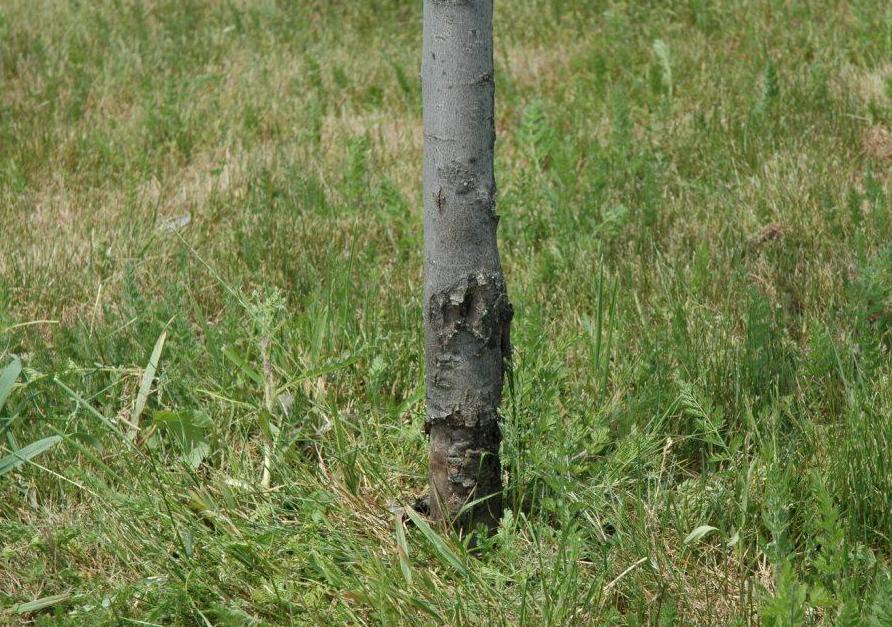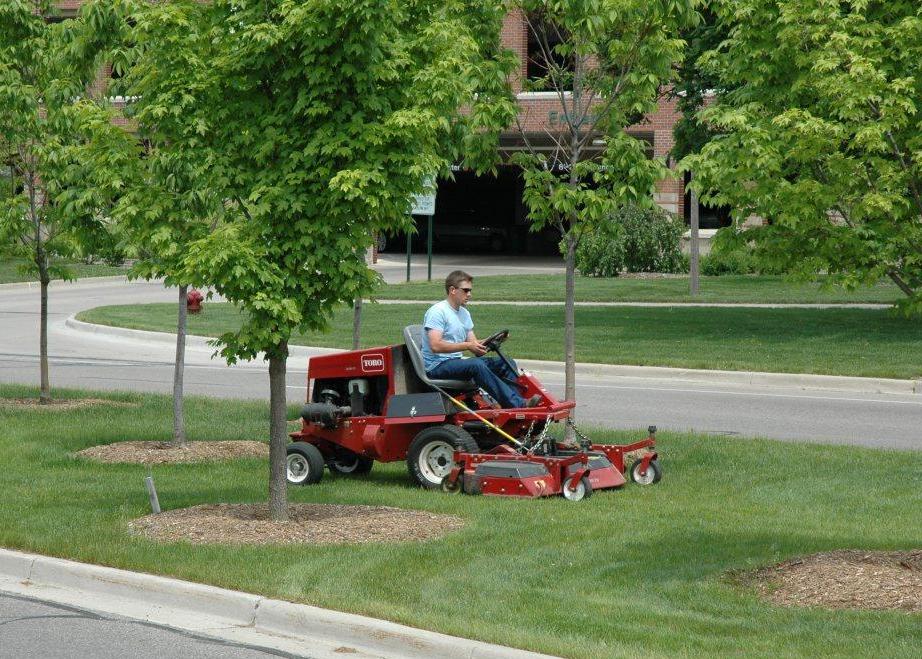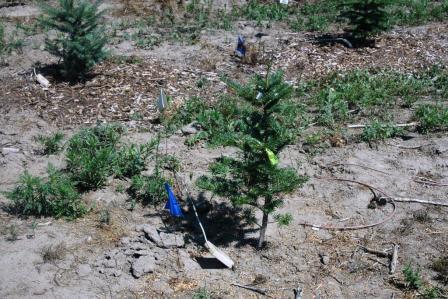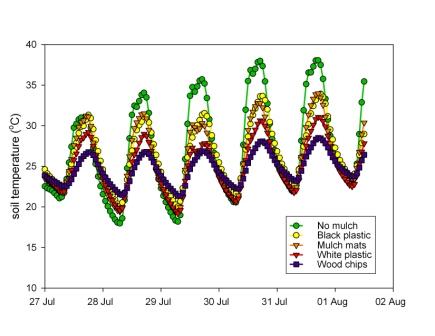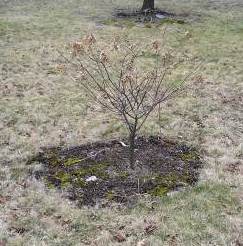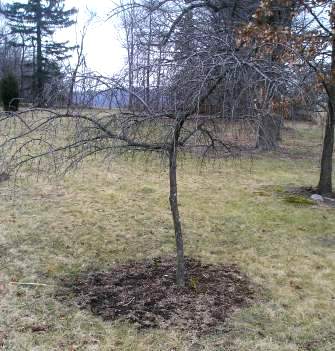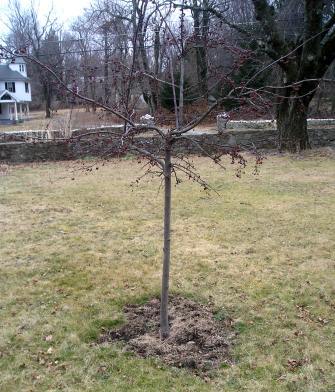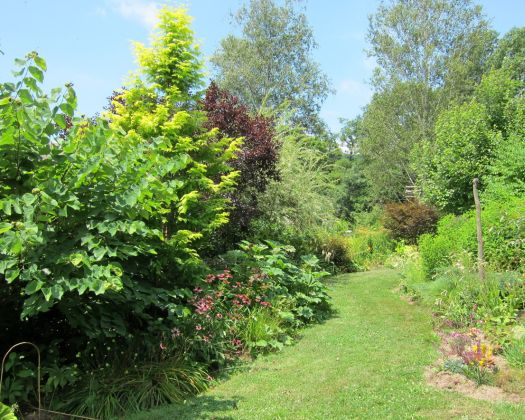As part of my ‘other duties as assigned’, I have taken on an assignment to develop fertilizer prescriptions for landscape trees and shrubs based on soil samples submitted by homeowners to the MSU soils lab. This has gotten me immersed in two sets of conflicting literature.
On one hand is a raft of extension bulletins and ISA guidelines on tree fertilization, which typically suggest adding 2-4 lbs of nitrogen (N) per 1,000 sq ft of ground area – in some cases up to 6 lbs of N per 1,000 sq ft (Rose 1999). To put that last number in perspective, that works out to 262 lbs of N per acre. A typical recommendation for corn in Ohio is 150 lbs of N per acre. Landscape trees need more fertilizer than a field of corn?
On the other side are numerous landscape studies, and even some nursery field studies, that suggest landscape trees simply don’t respond to fertilization (Day and Harris, 2007; Ferrini and Baietto, 2006; Harris et al., 2008; Robbins, 2006; Werner and Jull, 2009).
So, what gives? I mean, we know trees need nitrogen to make proteins, enzymes, chlorophyll, and all that good stuff. We rake up leaves and haul them away each fall; short circuiting the natural nutrient cycle. Urban trees should be starving for nutrients and begging to be fed, yet don’t grow any better when we fertilize them? There are likely several factors at work. First, many of the widely circulated recommendations are based, at least in part, on rates that might be applied in production forestry or nurseries where maximizing growth is a primary objective. Also, as Dan Struve (2002) noted in his review, some recommendations were based on poorly designed studies. Or, as Dan Herms (2002) hypothesized, trees may be allocating more resources to defensive compounds.
Another answer may be found in some of the papers cited above. In many cases, foliar N levels of the control (unfertilized) trees were already in sufficiency ranges. In other words, even without fertilizer the trees had enough nutrients. Part of this is a recent emphasis on the question of fertilizing at transplanting. Trees coming in from a nursery are likely to be pretty jacked up with fertilizer – often referred to as a ‘nutrient loading’ effect. Trees can be pretty efficient at internal nutrient re-cycling, so this effect can persist for a few years after transplanting.
So where does all this leave me on my homeowner recommendation? For some elements, like potassium and phosphorus, we can base a recommendation on the standard soil test included in the program. Unfortunately there is no simple indicator of soil N availability (see Scharenbroch and Lloyd (2004) for a thorough discussion). Foliar samples would be the best bet but aren’t part of our testing program. At this point, I’m leaning toward a simple visual assessment – Do the trees/shrubs look healthy and have acceptable color? (check yes/no). If ‘yes’, don’t fertilize. If ‘no’ add 1-2 lbs N/ 1000 sq ft.
Your thoughts?
References
Day and Harris. 2007. Arboric. and Urban Forestry 33:113-121.
Ferrini and Baietto. 2006. Arboric. and Urban Forestry 32:93-99.
Harris et al. 2008. Urban Forestry and Urban Greening 7(3): 195-206.
Herms. 2002. Environ. Entomology 31:923-933.
Robbins. 2006. So. Nursery Assoc. Proc. 51:113-117.
Rose. 1999. HortTechnology 9(4):613-617.
Scharenbroch and Lloyd. 2004. J. of Arboric. 30:214-229.
Struve. 2002. J. of Arboric. 20:252-263.
Werner and Jull. 2009. Arboric. and Urban Forestry 35:252-262.


